Belize The remains of a Mayan teenager were covered in crystals after being dumped in an underground cave by the Mayans as a sacrifice.
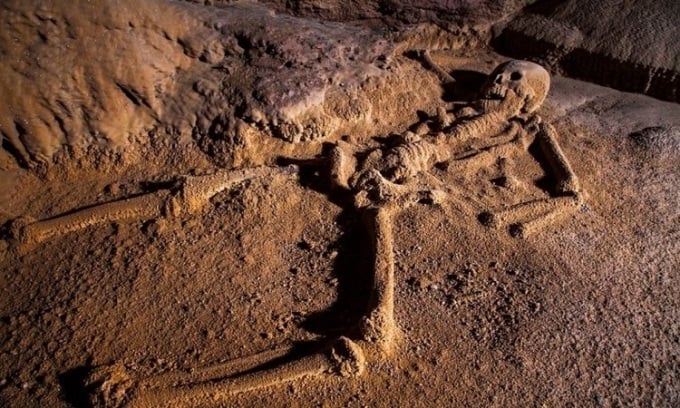
The remains of a teenage girl named Crystal Maiden. Photo: Amusing Planet
The Maya believed that caves, especially those that stretched several kilometers underground, were entrances to the underworld or Xibalba, “the land of fear,” where demons lived. They were so afraid of the underworld that they felt the need to appease the gods who lived there by performing human sacrifices. One cave where the Maya performed this terrifying ritual was in central Beliz, near San Ignacio, in the Tapir Mountain Nature Reserve.
Actun Tunichil Muknal Cave, or “ATM” for short, was first discovered in the late 1980s. The entrance to the cave is a sand dune and flooded. The remains of offerings lie at the mouth of the cave, starting with snail shells and increasing in number as one moves deeper into the cave. About 400 meters from the entrance is the main area containing the remains of 14 people, including the crystal-encrusted skeleton known as the Crystal Maiden.
The remains were initially thought to be those of a woman in her 20s lying on her back with her mouth wide open and her entire skeleton covered in sparkling calcite crystals, leading researchers to dub the deceased the “Crystal Maiden.” However, closer examination revealed the skeleton belonged to a 17-year-old boy sacrificed by an ancient Mayan priest more than 1,000 years ago.
The skeleton is also unusual in its lying position and has two broken ribs. The team believes the individual likely died a violent death before being thrown to the ground and has been there for at least 1,100 years. In fact, the skeleton has been around so long that it is completely calcified.
Other skeletons lay in nooks and crannies, ranging from one-year-old children to adults in their 30s and 40s. Pottery vessels, musical instruments, jewelry, figurines, and stingray bones were strewn throughout the cave. Many artifacts were also calcified on the floor. The Maya also carved out altars for worship, shaped like faces and animals or silhouettes, from the cave.
Recent research into the ancient climate of Central South America suggests that drought may have played a role in the collapse of this civilization. This is likely the reason for the increased sacrificial activity in the late 9th century, before the collapse of the Maya Empire. Most of the artifacts found at Actun Tunichil Muknal are still in their original condition, making it one of the best preserved sacrificial caves known to date.
An Khang (According to Amusing Planet/IFL Science )
Source link



![[Photo] Dan Mountain Ginseng, a precious gift from nature to Kinh Bac land](/_next/image?url=https%3A%2F%2Fvphoto.vietnam.vn%2Fthumb%2F1200x675%2Fvietnam%2Fresource%2FIMAGE%2F2025%2F11%2F30%2F1764493588163_ndo_br_anh-longform-jpg.webp&w=3840&q=75)




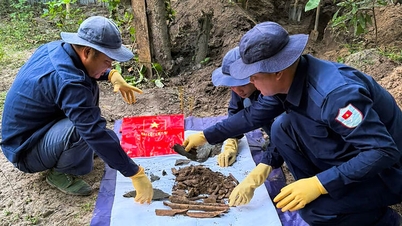

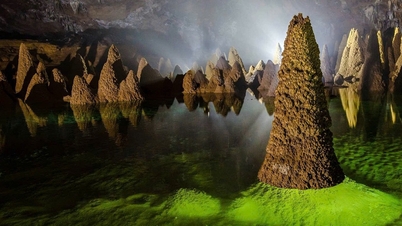

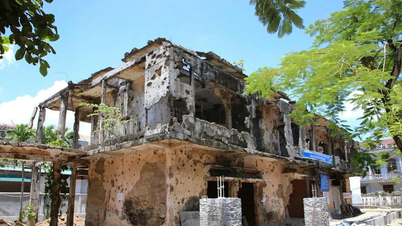



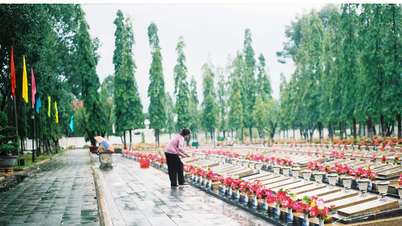
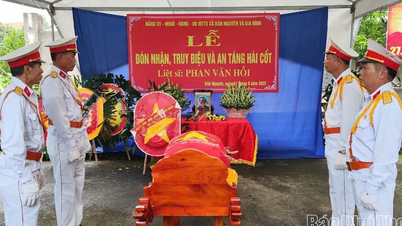
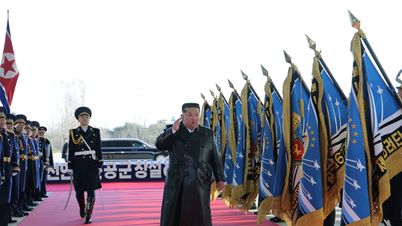







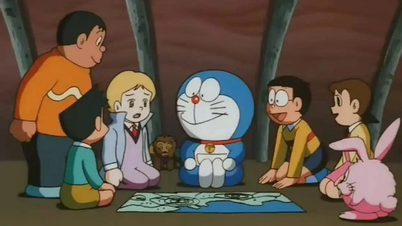











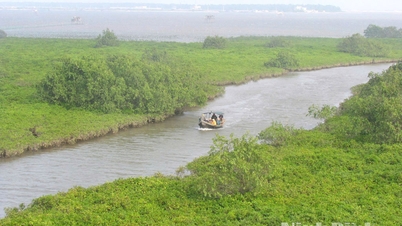

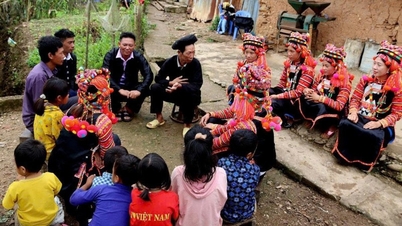




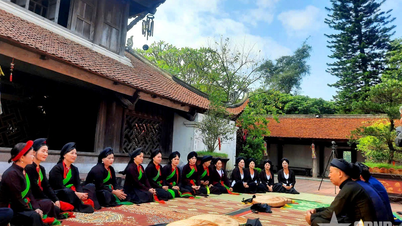




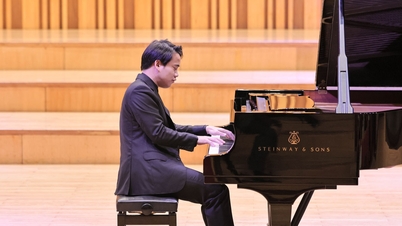



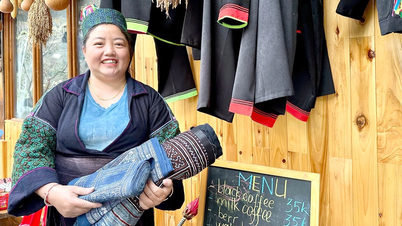

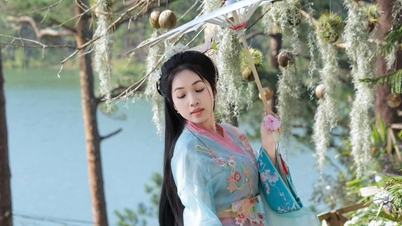



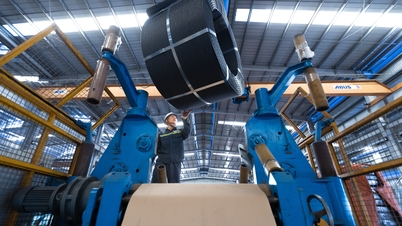
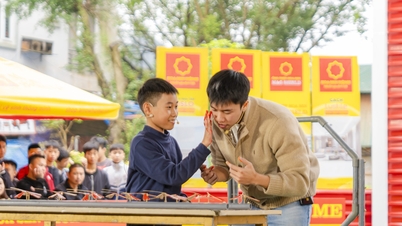


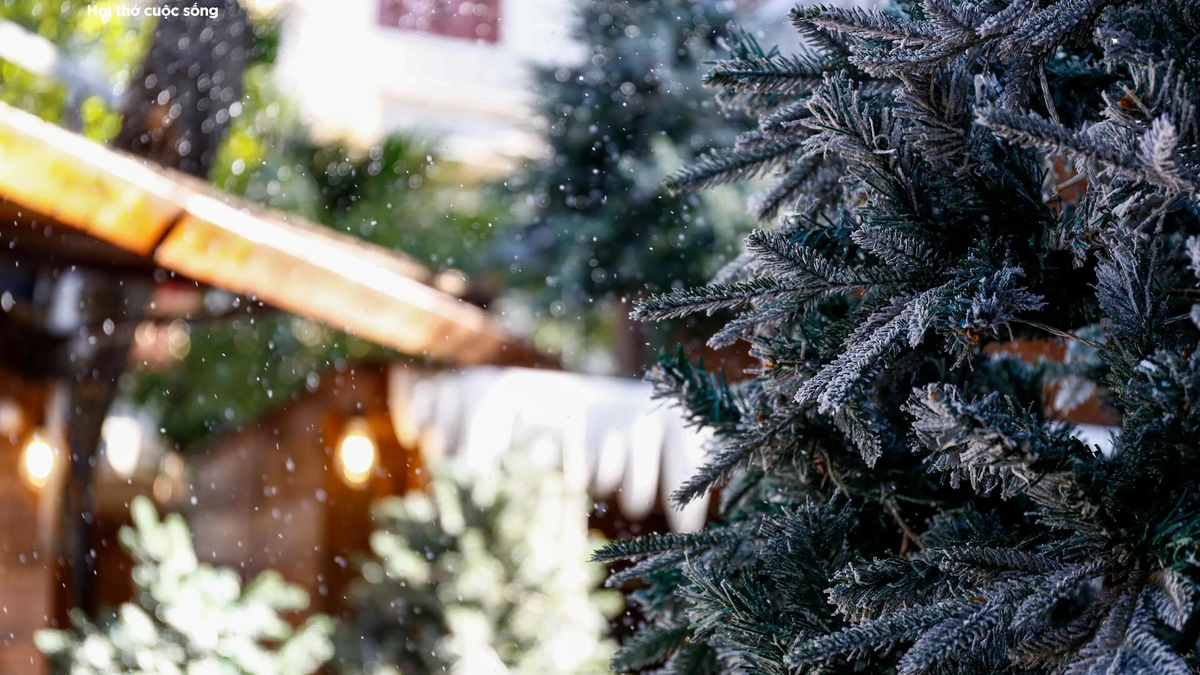



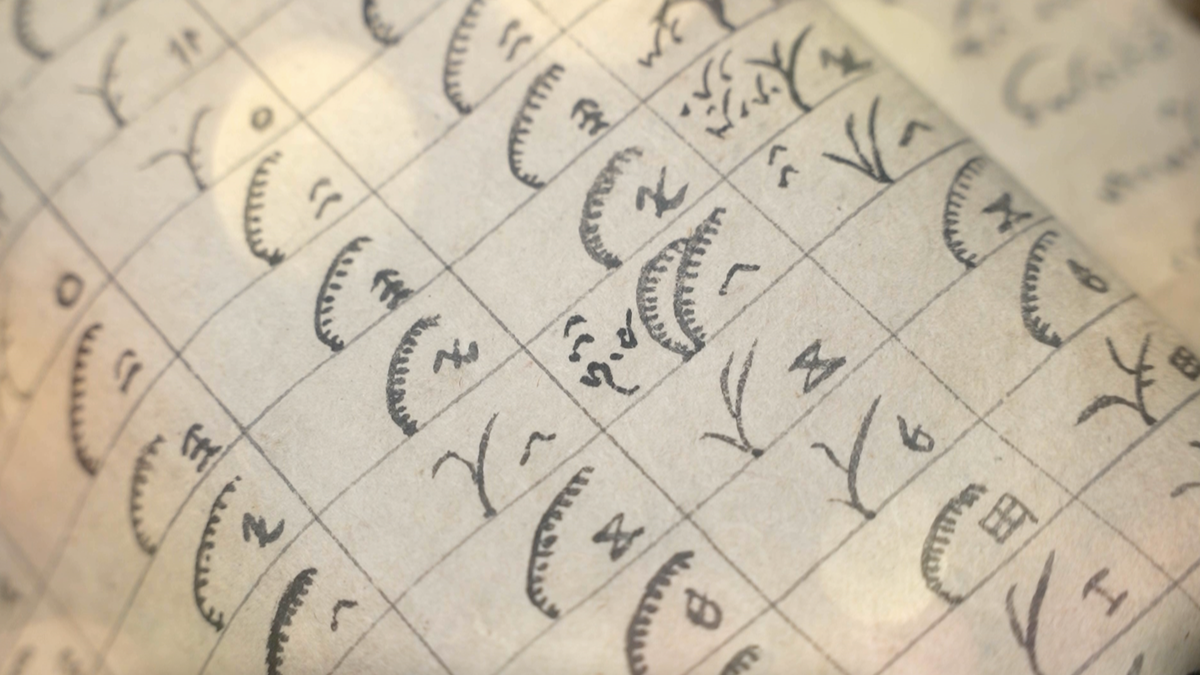
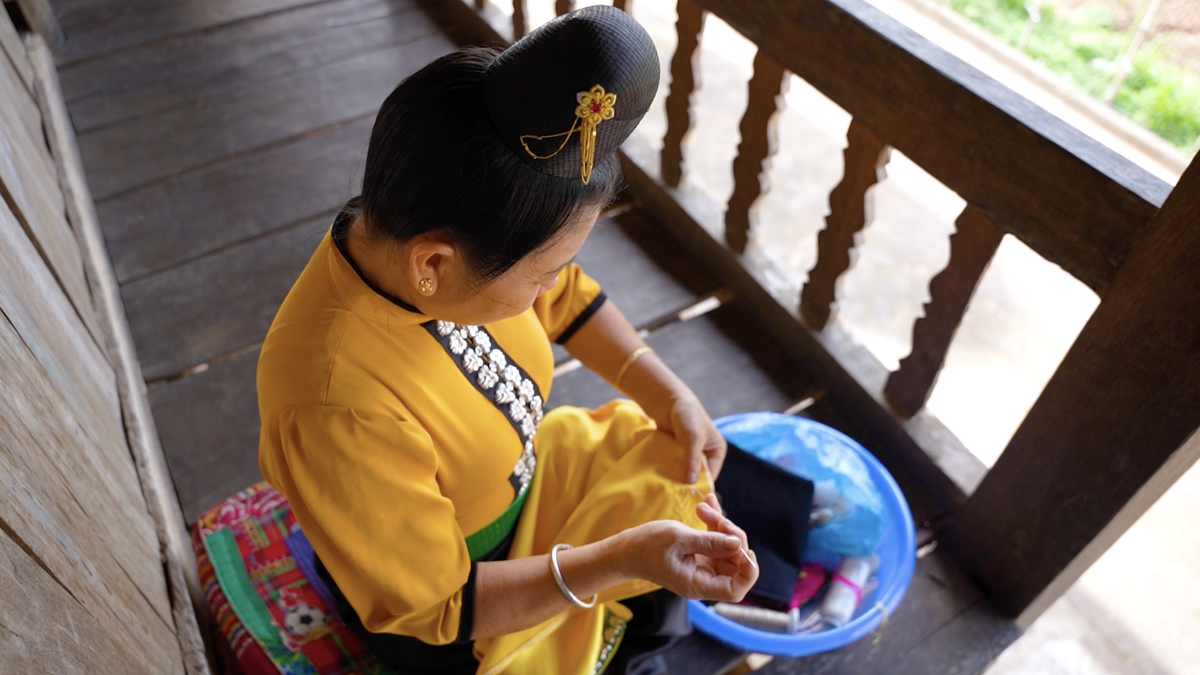


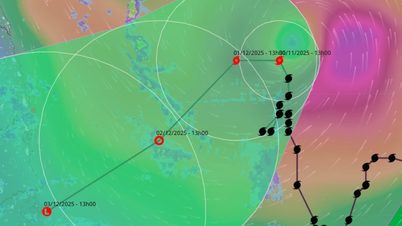




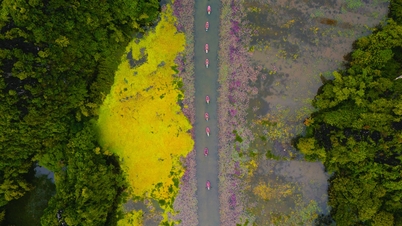





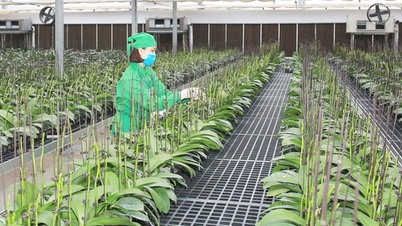




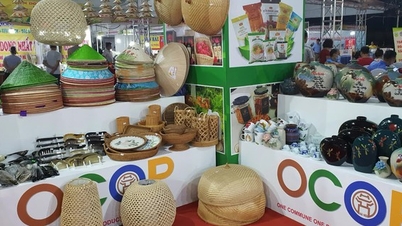






















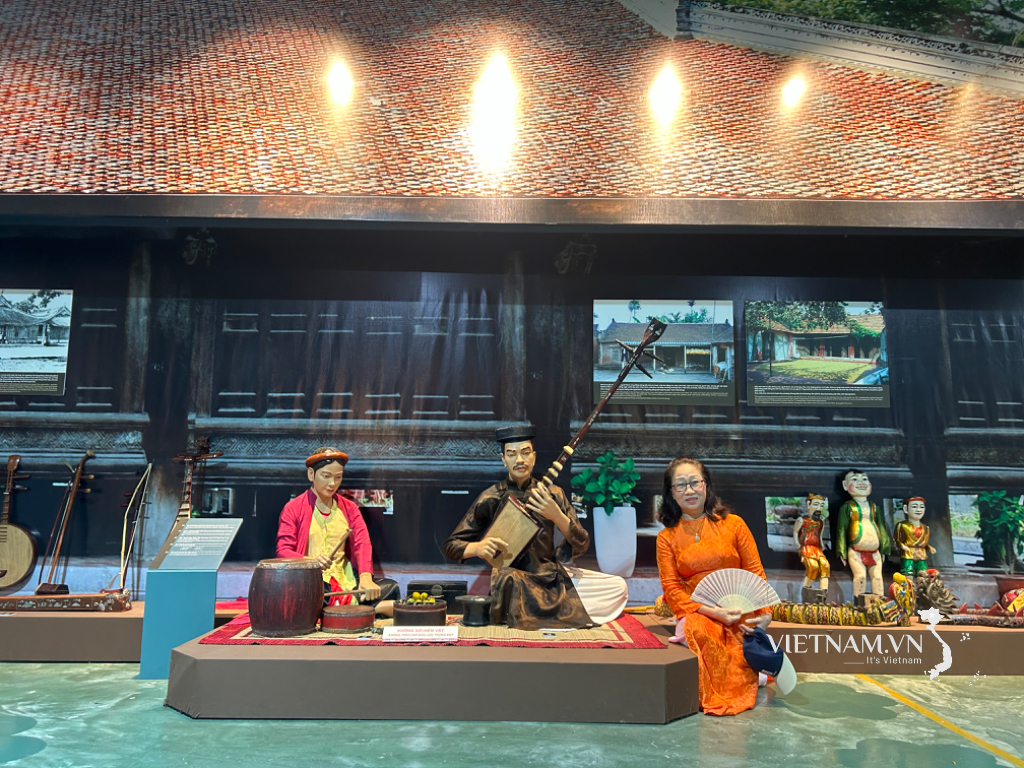
Comment (0)